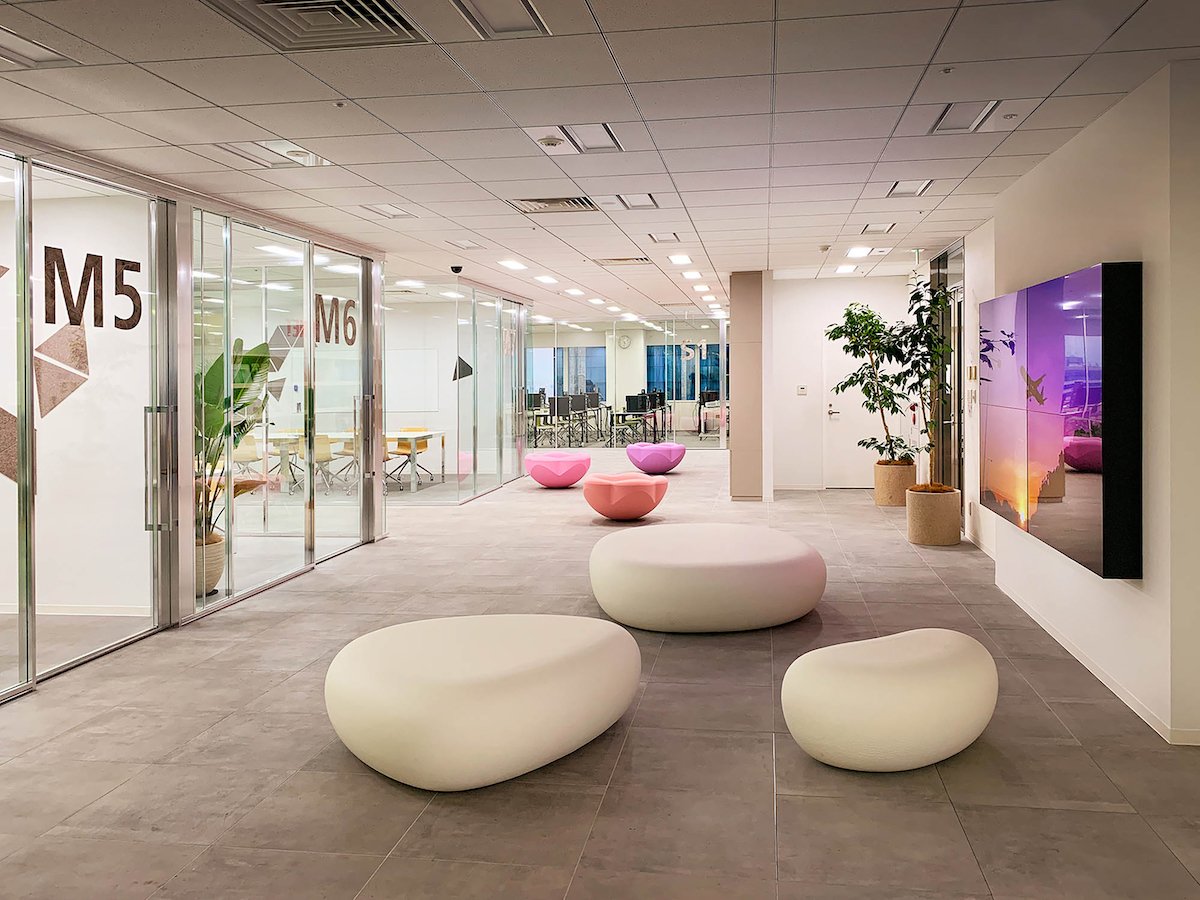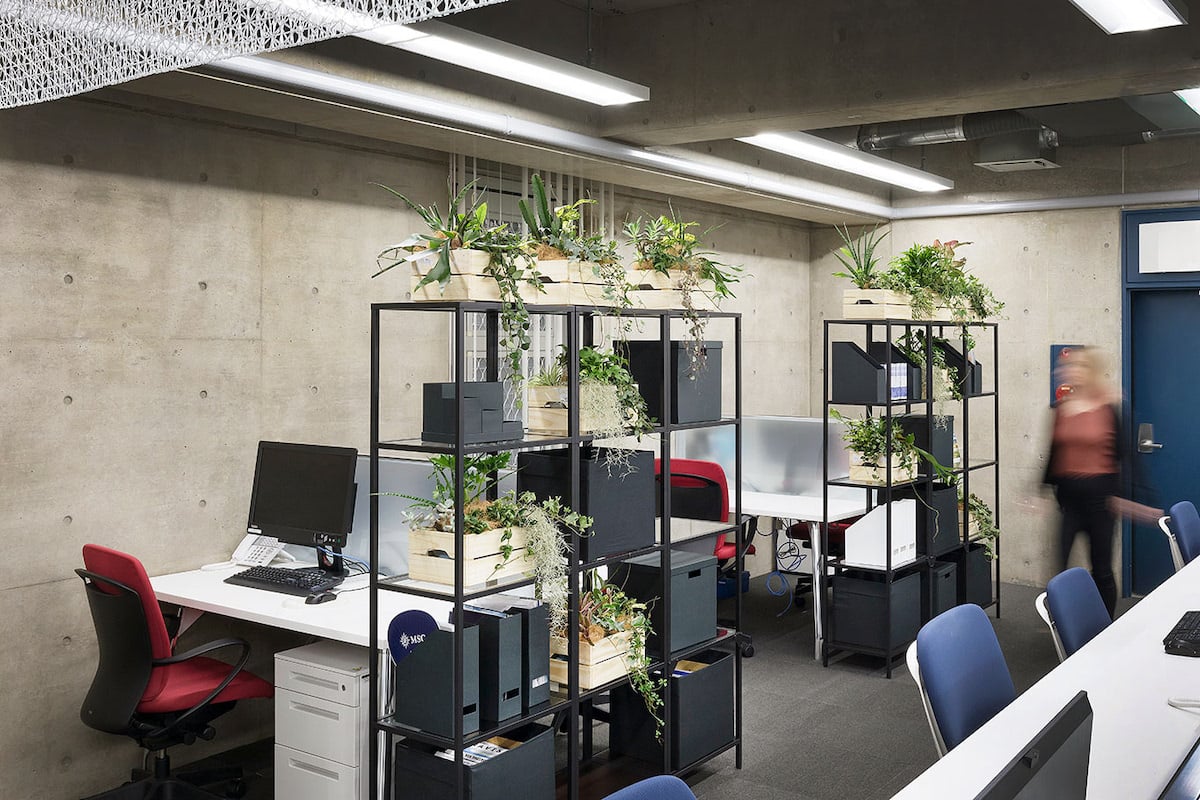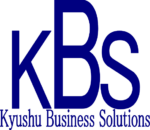
Getting things off the ground as any kind of freelancer can be an interesting challenge. There are obstacles and pitfalls, as well as highlights and perks, but ultimately the leap of faith into working for yourself and relying on yourself for your next pay check can be the biggest obstacle of all.
For Elisa Cecchetti, she knew early on that she couldn’t keep doing the same work day in, day out, and she wanted to use her creativity to its fullest by working on a variety of projects as a freelance architect. The fact that it all panned out in Japan just added another layer of adventure to her path to creative freedom.
From Rome to Tokyo
Elisa’s journey began in Rome, Italy, where she was studying architecture at university.
During her time there, a devastating earthquake hit central Italy in 2016, collapsing villages and taking hundreds of lives. This disaster fueled Elisa’s interest in anti-seismic architecture, so that she could help prevent the destruction caused by such earthquakes in the future.
Understandably, there’s a lot to be learnt from Japan in the field of earthquake-proofing, so after finishing her degree, Elisa took part in an Italian competition called Torno Subito. There, she focused her efforts on a project that looked at Italian and Japanese anti-seismic architecture.
She won the competition and ended up going back and forth between Japan and Italy for the competition and subsequent work, before coming back to Japan for good in October 2019.
The Freedom of Freelance
When she moved to Japan, Elisa was employed with an interior design company, so she was in Japan on a work (Engineer/Specialist in Humanities/International Services) visa. However, after about a year of this work, she felt restricted by her visa and wanted to try her hand at freelancing.
She hired a lawyer for the process, and was repeatedly told that it would be very difficult for her to get a self-employment visa as she was new to Japan and didn’t speak Japanese. But with some help from the design company who still works with her now, she managed to get the visa she wanted. Starting with one firm and building up a relationship over a year seemed key to her success here.
Now she works on a project basis, and is able to work with several different clients on a variety of interesting jobs. She manages her time and her work herself, and has the freedom to pursue her passion.
Elisa does all kinds of architecture, ranging from interior design all the way through to designing entire buildings from scratch. Most of her projects are in the interior design space, but developing relationships with clients and building her network is slowly leading to other large-scale projects, such as designing an entire villa from scratch in Miyakojima.
While many of her architect friends back home are working for large interior design companies, they have ended up in jobs where they do the same thing every day, which is not what Elisa wants. This way, she is able to do a variety of projects, as well as continue with her artistic side, creating paintings and doing body paints to express the true nature of herself and her subjects.
Back in Italy, she was offered a job at a top architectural firm, but she declined. Her friends all told her she was crazy, but she simply said “I want to get out of my comfort zone.”

Japanese and International Clients
While Elisa’s Japanese level is only conversational at the moment, she is always trying to push herself to keep on improving, and hopefully improve her business relationships in the process. She says “If you don’t push yourself, then you will always remain in the same place.”
Elisa works with both international and Japanese clients, and sometimes the cultural barrier can prove quite a challenge. There are times when Elisa wants to do something innovative, or implement a technique that is less heard of in Japan, but the client might be hesitant or worried about rocking the boat. In those situations, Elisa has to walk the fine line of being encouraging without being overly pushy, and often finds herself simply repeating the idea to see if it sticks. If it doesn’t, she will try to find a compromise, sacrificing one idea in order to keep another that might be more important to the design.
But it’s not all rigidity and rule-keeping. When Elisa was tasked with redesigning the Cybernet Systems HQ in Tokyo alongside another architect, the client was very flexible and interested in her ideas. She was able to recreate what was once a dreary office space into something much more inviting, all the while keeping the employees’ well-being in mind.
To lighten the mood and create an encouraging space, natural forms and objects are essential, so Elisa made sure to incorporate plants and natural forms into the space. But she also places importance on sustainability, and strives to upcycle or recycle any objects she can with new projects. Many will assume the old furniture is nothing but rubbish, but Elisa works hard to figure out a way to re-use the items.

There are a lot of differences between Italian and Japanese architecture too. In many ways, these differences prove to be a learning experience for Elisa, but sometimes there are things that surprise her. For example, in Italy there are no apartments with only north-facing windows, as everyone must have access to natural light. In Japan, there is no such rule, but, still thinking of everyone’s well-being, Elisa strives to involve as much natural light in her designs as possible.
Getting Clients
When it comes to getting new clients, Elisa says that the key is to start small, and start building up your network: “You go out and you meet some people and you talk about yourself. You show your projects and then more and more opportunities appear.”
For her Miyakojima project, she started off doing some interior design for a client, and after talking more with him, she ended up being tasked with designing the entire villa from zero. By demonstrating her skills in one aspect, she was able to land a bigger project.
The same thing happened with a shop in Tokyo. First, she was giving interior design suggestions to the owner, and the next thing she knew, she was asked to redesign it in its entirety.
By slowly working on smaller projects while growing her network, Elisa is starting to build a reputation for herself, all the while working on new and exciting projects without anything getting stale.
There are no typical days for Elisa, as is the case with most freelance work. Sometimes she will work in a café, sometimes she will meet with clients, or design in her studio, and other times she will trawl the recycle shops to find inspiration and interesting materials for her projects.
Advice for Budding Architects
In the end, everyone is different. While some people may be more suited to the structure and stability of a company, others revel in the challenge of deciding their own schedule and creating their own projects. It’s important to understand what type you are before diving into freelancing.
Elisa says that it’s really interesting working in Japan as an architect because everything is so different to back home. You can learn a lot of new things that might not work in Europe or America. Of course, that’s particularly true for the field of anti-seismic architecture, something that Japan is well-versed in.
Finally, she mentioned that you need to follow your passion: “Some people are just scared. Before coming to Japan, everyone has a dream, right?” She mentioned that some people wind up in any old job in Japan and just get used to it, and settle down, quickly forgetting what they wanted to do in the first place because it’s out of their comfort zone. But Elisa says to “Focus on the dream.”
Even when things seem tough, and it would be much easier to stick to your regular nine to six job at a regular company, if there’s something bigger you envision yourself doing, go for it. Figure out your path, and find a way to your goal. Who knows, maybe you’ll be designing the next Miyakojima villa before you know it!
Author: Cassie Lord














